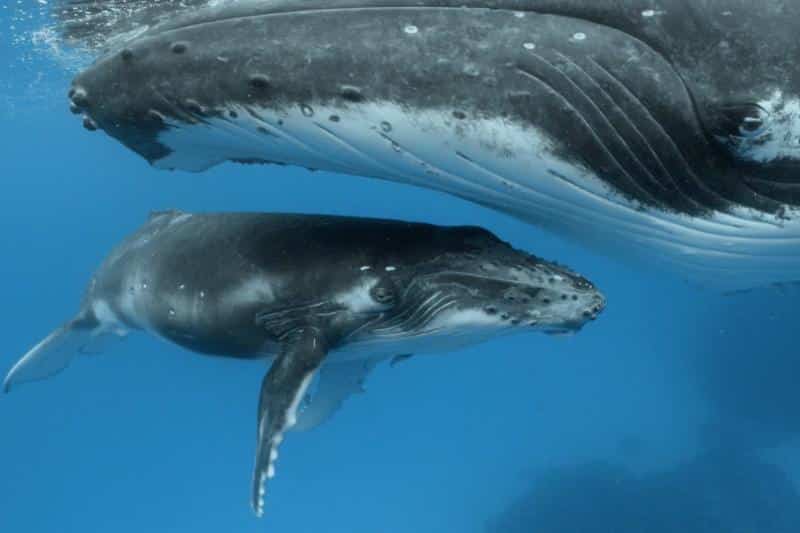There hasn’t been a lot to celebrate at COP28 over the past 24 hours. To keep global warming to 1.5 degrees Celsius, the countries that make up the Conference of the Parties, needed to agree on a phase-out of fossil fuels. That hasn’t happened, with Pacific nations likening the news to a death sentence.
However, amongst the stupidity and greed, there is still some room for optimism.
In news that appears to have gone under the radar, a start-up from Aotearoa New Zealand, which proposes to turn the international carbon market on its head, received USD$50 million in funding over the weekend.
There’s something wacky about having to travel to Dubai to hear about a potentially game-changing initiative, led by three epic Māori leaders. But strangely, the Hinemoana Halo Ocean Fund, hasn’t had a lot of press back home, and much of its capital-raise has taken place offshore.
In simple terms, it’s an offset scheme, which seeks to empower indigenous custodians of the land to protect and revitalise coastal and marine biodiversity in Aotearoa and the Pacific.
Behind Hinemoana Halo is Conservation International’s Mere Takoko, Ngātiwai leader Dr Aperehama Edwards and former chair of Ngāi Tahu and deputy chair of the Climate Change Commission Lisa Tumahai.
“We must decelerate emissions and restore the life and essence of the ocean,” says Mere Takoko. “The ocean is our first defense against climate change and has the most biodiversity on the planet.”
The purchase of Hinemoana Halo credits will go toward the restoration of seagrass meadows, wetlands, mangroves, and coastal forests; all critical for preventing erosion, providing habitats for marine life and sequestering carbon dioxide. There’s also a recovery plan for taonga species such as whales, dolphins and manta rays.
“Biodiversity thrives in the hands of indigenous peoples. We have a deep connection with nature and generations of knowledge. It’s in the fabric of our identity,” explains Aperehama Edwards. “We view the natural world as our ancestors. Biodiversity is our sibling. This project will enable indigenous communities to fulfill their responsibilities as kaitiaki, guardians of nature.”
The Hinemoana Halo team says the project emerged out of necessity with climate change having a devastating effect on the Pacific Islands in particular. Many nations are experiencing prolonged drought, rising sea-levels, acidification of the ocean and salination of the soil; destroying livelihoods and creating issues around food security and clean water supply.
Scientists have said Tuvalu may be uninhabitable by the end of this century, while in Kiribati, communities have had to move inland and the Government has even purchased 22 square kilometres in Fiji to ensure people have a refuge should the worst case scenario eventuate.
“We have a duty to our people. We have a duty to those faced with the real possibility of climate migration. We have a duty to generations not yet born… to do this mahi,” says Lisa Tumahai.
The fund, which will use technology such as sensors and blockchain to ensure transparency, has attracted support from a pair of internationally-regarded environmental rockstars (yes, there is such a thing)
Dr Carlos Duerte, one of the world’s foremost climate scientists, has delayed retirement to support the project due to its comprehensive approach and the potential to scale it around the world. He’s establishing a series of baselines so the Fund can accurately report back on its revitalisation efforts.
And there’s Dr Ralph Chami who spent a quarter of a century as an assistant director for the International Monetary Fund (IMF), and more recently founded Blue Green Future, which provides climate and biodiversity policy advice based on economic modelling.
Dr Chami says traditional carbon credits aren’t a good long-term investment strategy. He says once net zero is achieved (or close to) demand will plummet. In comparison, Hinemoana Halo credits will continue to grow in value due to humankind’s continued reliance on biodiversity.
The fund has been structured so it will not only self-finance the ongoing care and protection of coastal and marine areas, but facilitate a just-transition for indigenous communities.
Dr Chami gives the example of poachers making USD$30,000 from the ivory of a dead elephant. Under a scheme like Hinemoana Halo, a living elephant would be worth approximately 80 times that (using Blue Green Future’s financial modelling) due its contribution to nature and ability to sequester carbon over its lifetime.
The fund would essentially create an incentive to protect animals like elephants, and provide an opportunity for indigenous communities to wholly dedicate themselves to that task while earning an income.
Hinemoana Halo has been at COP28, as part of an intense two-month capital raise. Attendees at their event over the weekend were mostly weary international guests in dire need of hope and inspiration. And they certainly got a healthy dose of the good stuff – thanks in part to a surprise announcement that the Fund had just received a whopping USD$50 million investment (from an as yet, unnamed donor).
With Hinemoana Halo doing due-diligence on a further USD$30 million, they’re now agonisingly close to their goal of USD$100 million, and their hopes of role-modelling kaitiakitanga to the world.
